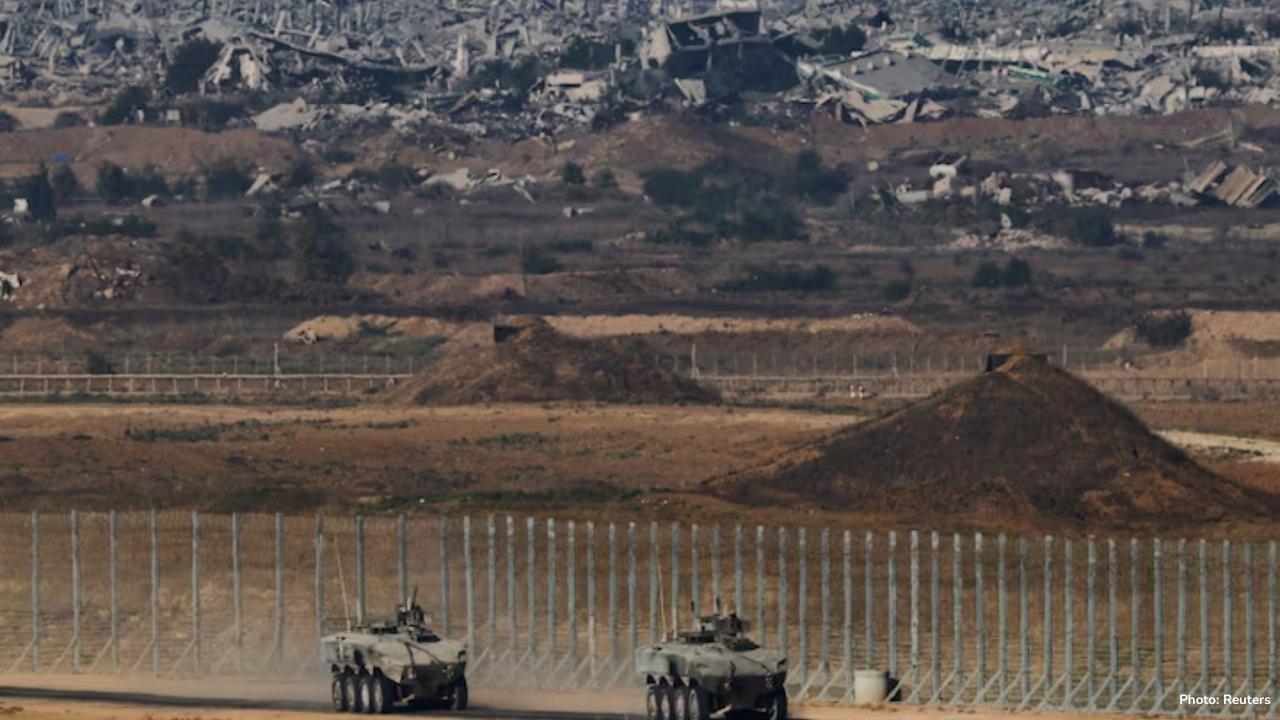
Post by : Monika
On September 30, 2025, U.S. President Donald J. Trump announced a comprehensive 20-point peace plan aimed at ending the ongoing conflict between Israel and Hamas in Gaza.
This conflict, which has lasted for more than two years, has caused significant humanitarian suffering and political instability in the region. Trump’s plan outlines diplomatic, humanitarian, and security measures that aim to bring an immediate ceasefire, restore order, and create a path for long-term peace.
Background of the Gaza Conflict
The Gaza conflict began escalating in 2023, following attacks by Hamas on Israeli territory. In response, Israel launched military operations in Gaza, targeting Hamas fighters, infrastructure, and tunnels used for attacks. Over the past two years, thousands of lives have been lost, and infrastructure in Gaza has been severely damaged. Civilians on both sides have suffered greatly, and international organizations have repeatedly called for measures to protect human life and provide aid to those affected.
The conflict has also drawn attention from the international community. Several nations, including the United States, European countries, and Arab states, have tried to mediate between Israel and Hamas, but efforts have often stalled due to disagreements over key issues such as ceasefires, governance, and security guarantees. In this context, Trump’s 20-point plan represents a renewed effort to resolve the conflict through structured negotiations and clear measures.
The plan calls for an immediate ceasefire to stop all fighting. Under the proposal, Israeli forces would withdraw to predetermined lines. Within 72 hours of Israel’s acceptance, all hostages currently held by either side would be released.
This includes both living individuals and remains of deceased individuals. In exchange, Israel would release 250 individuals serving life sentences, along with 1,700 Gazans detained after the October 7, 2023 attacks. Special attention is given to the release of women and children.
This immediate action is designed to reduce tensions and create a foundation for further negotiation. By returning hostages and deceased individuals, the plan aims to address one of the most sensitive humanitarian issues in the conflict.
Prisoner Exchange and Amnesty
Another key component is a structured prisoner exchange. For each Israeli hostage whose remains are returned, Israel would release the remains of 15 deceased Gazans. Additionally, Hamas members who commit to peaceful coexistence and agree to disarm would be granted amnesty. Those wishing to leave Gaza would receive safe passage to other countries, providing options for those who fear remaining in the conflict zone.
These measures are intended to build trust and encourage cooperation from all parties, creating a safer environment for civilians and promoting compliance with the ceasefire.
Humanitarian Aid and Infrastructure Redevelopment
The plan also emphasizes immediate humanitarian support for Gaza. Upon acceptance of the agreement, full humanitarian aid would be delivered to the region, including food, medical supplies, and other essential services. The plan also calls for the rebuilding of damaged infrastructure such as schools, hospitals, water systems, and electricity networks. International agencies and donor countries are expected to assist in this process to ensure efficient and transparent distribution of aid.
Reconstruction and aid delivery are critical not only for alleviating suffering but also for stabilizing the region, preventing further unrest, and encouraging the population to engage in peaceful governance.
Demilitarization and Transitional Governance
One of the most ambitious aspects of the plan is the proposed demilitarization of Gaza. Hamas would be required to surrender all weapons, dismantle military infrastructure, and cease operations against Israel. To manage the region during this transitional period, a technocratic governing body called the “Board of Peace” would be established. This board would oversee daily administration, public services, and redevelopment efforts until the Palestinian Authority completes internal reforms.
The board would be led by former U.S. President Donald Trump and former UK Prime Minister Tony Blair. Their involvement aims to ensure impartial oversight and international accountability. This governance model is intended to prevent power vacuums, reduce violence, and provide professional management of resources and aid.
Exclusion of Hamas from Governance
The plan explicitly excludes Hamas from participating in Gaza’s transitional governance. This measure reflects Israel’s insistence on preventing Hamas from regaining political and military influence. Instead, the focus would be on a reformed Palestinian Authority and neutral administrators who can implement reconstruction and peace-building initiatives.
Economic recovery is also a key focus of the plan. A special economic zone would be established in Gaza to attract investment, create jobs, and stabilize the local economy. Experts from successful cities in the Middle East would be consulted to develop infrastructure and industrial projects that can promote sustainable growth.
Economic stability is considered essential for long-term peace, as it reduces poverty, unemployment, and resentment, which are often drivers of conflict.
Global Reactions
The peace plan has generated mixed reactions globally:
Israel: Prime Minister Benjamin Netanyahu expressed support for the plan, emphasizing its alignment with Israel’s objectives, including the return of hostages, disarmament of Hamas, and ensuring Gaza does not become a future security threat.
Hamas: Hamas has not yet formally received the plan. In the past, the group has rejected proposals that require disarmament and exclusion from governance. Their acceptance remains uncertain, posing a significant challenge to the plan’s success.
Russia: The Kremlin welcomed Trump’s efforts, noting that the plan could help resolve the humanitarian crisis and promote peace. Russia reaffirmed support for a two-state solution and stressed the importance of respecting international law.
Pope Leo XIV: The Pope expressed hope that Hamas would consider accepting the plan. He called attention to its “very interesting elements” and emphasized the importance of valuing human life and preventing further violence.
Arab and Muslim Countries: Several nations in the Middle East welcomed the initiative as a potential path toward peace, though they raised concerns about excluding Hamas from governance and questioned the practical challenges of implementation.
Challenges and Criticisms
Acceptance by Hamas: The plan’s success depends on Hamas agreeing to disarm and step aside from governance. Without their cooperation, key provisions like demilitarization and transitional governance cannot be implemented.
Implementation Difficulties: Coordinating the withdrawal of Israeli forces, the exchange of hostages, and the establishment of a transitional board will require careful management. Security risks remain high, and ensuring compliance by all parties will be difficult.
Economic and Humanitarian Constraints: Gaza has suffered extensive damage to infrastructure, making immediate reconstruction challenging. Sustained international support will be needed to provide adequate aid and rebuild services.
Political Tensions: Excluding Hamas may lead to political friction within Gaza and the broader Palestinian territories. Balancing the interests of various factions while maintaining stability is a delicate task.
Humanitarian Focus
At the heart of the plan is the protection of civilians and delivery of humanitarian aid. The conflict has caused immense suffering for ordinary people, including shortages of food, water, and medical care. By prioritizing hostages, aid, and infrastructure redevelopment, the plan seeks to alleviate immediate suffering while laying the groundwork for sustainable peace.
The emphasis on impartial administration through the Board of Peace reflects the recognition that effective governance is critical for long-term stability. By providing professional oversight and focusing on rebuilding essential services, the plan aims to create conditions for peaceful coexistence and prevent the recurrence of violence.
Long-Term Goals
President Trump’s 20-point peace plan offers a detailed roadmap to end the Gaza conflict. It combines immediate actions, such as ceasefire and hostage release, with long-term strategies for governance, demilitarization, and economic redevelopment.
While the plan has received support from Israel and some international actors, its success depends heavily on Hamas’s response and effective implementation on the ground.
The coming days and weeks will be critical in determining whether this plan can provide a real opportunity for peace in Gaza. If successfully implemented, it could bring relief to civilians, stabilize the region, and serve as a model for conflict resolution in other areas of the world. However, challenges remain, and continued international support, careful planning, and political will are essential for the plan’s success.
Gaza Peace plan Hostage release
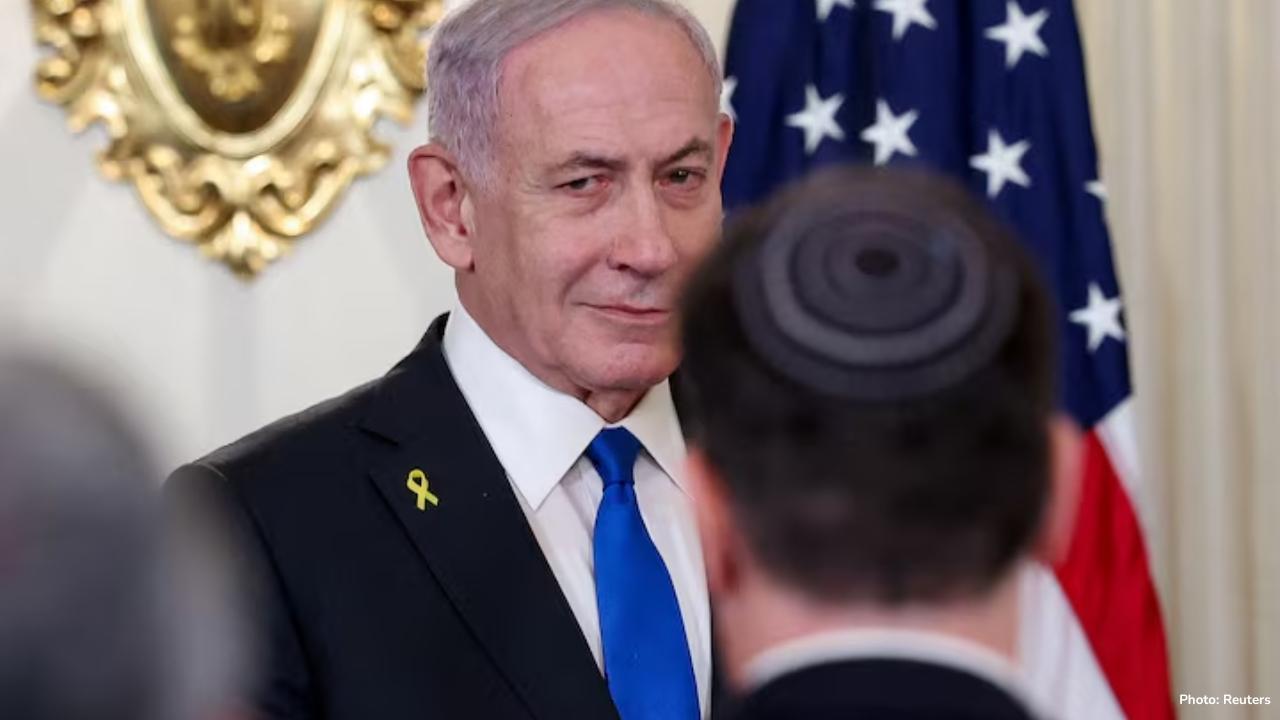
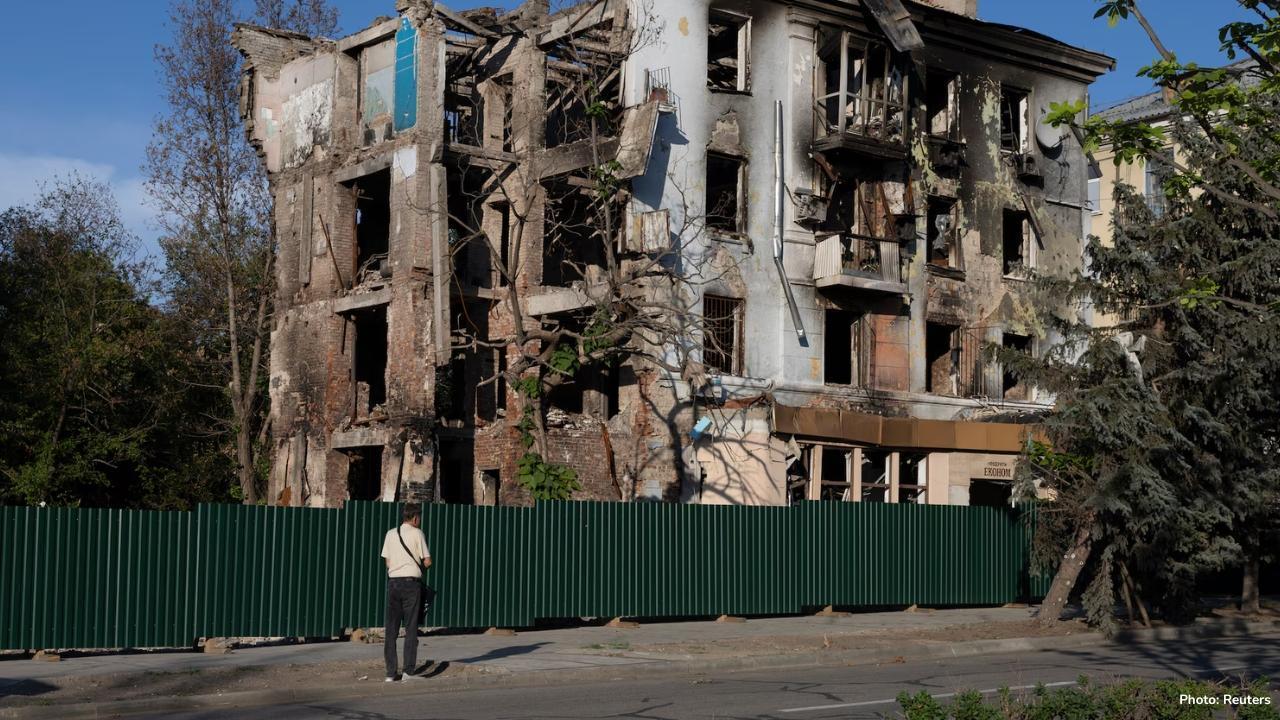
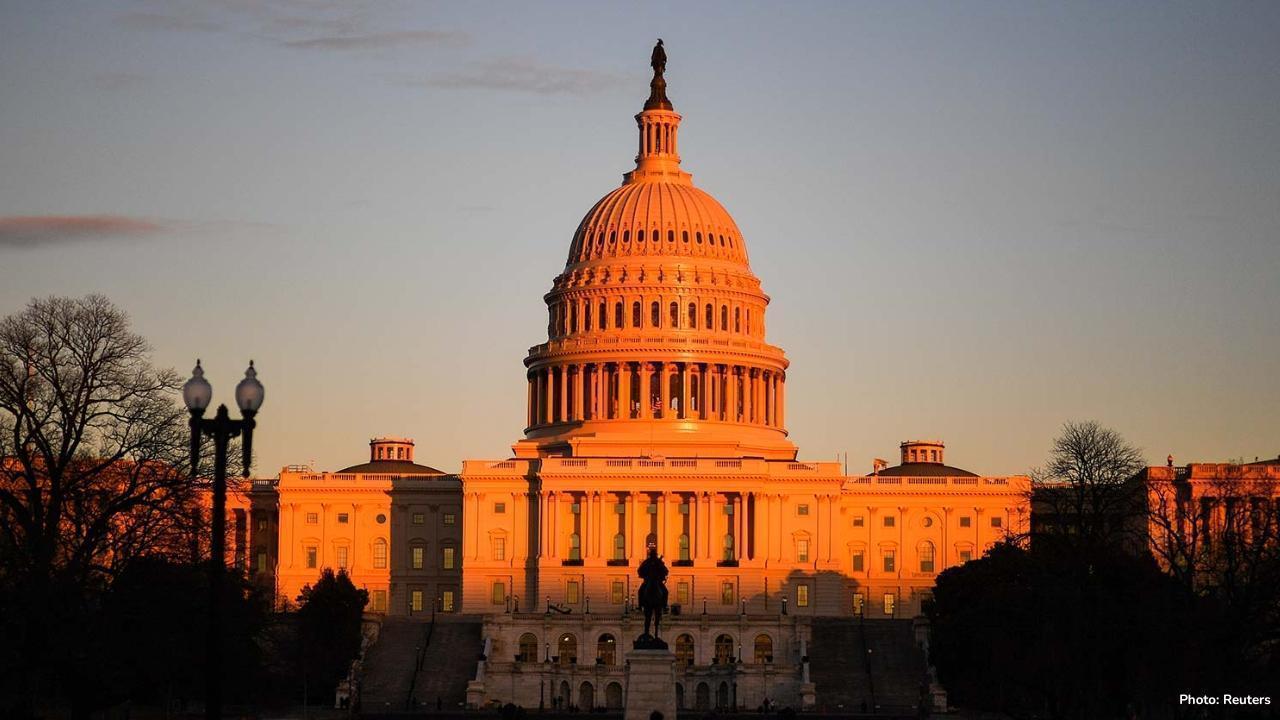
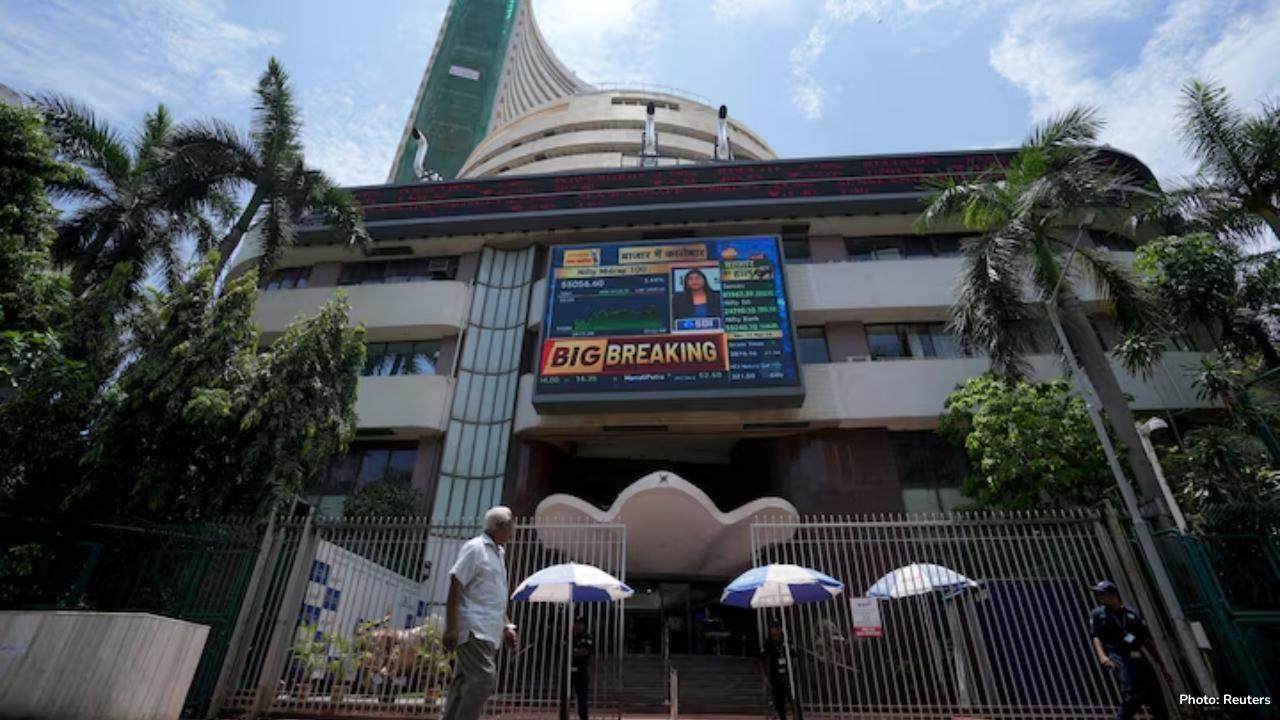




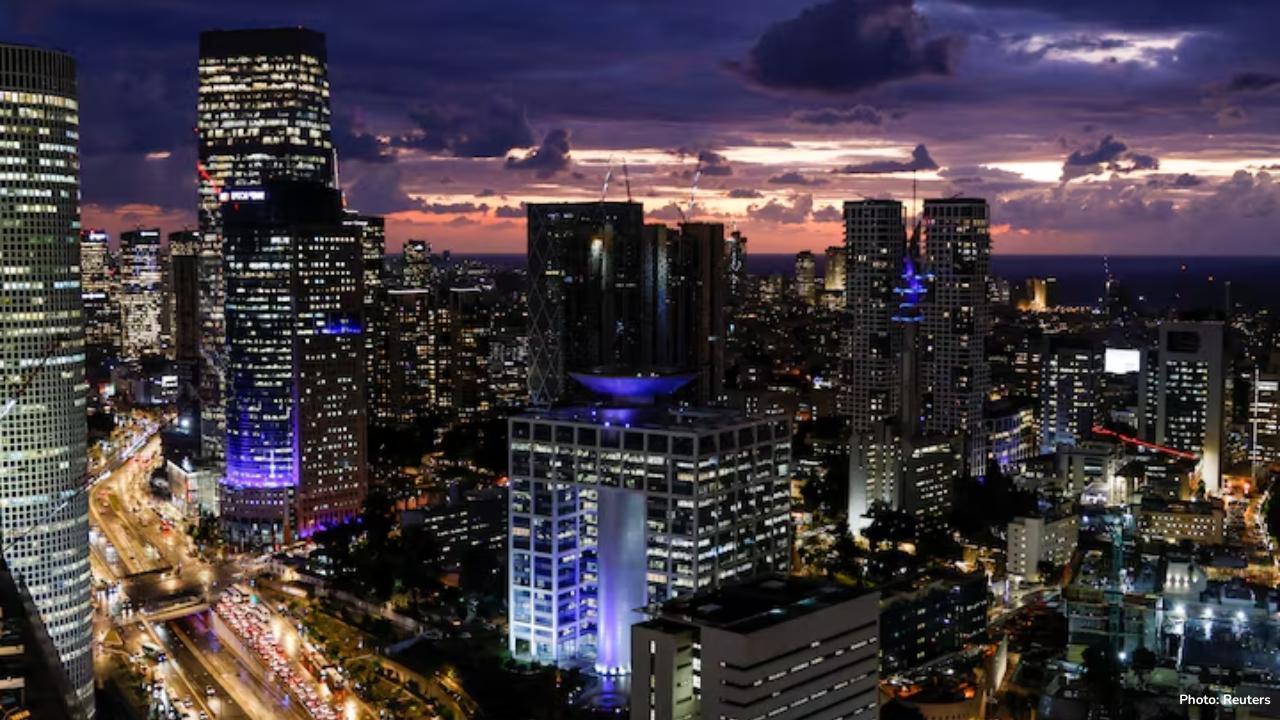

Netanyahu Bets Big on Trump’s Gaza Plan, Faces Home Risks
Netanyahu supports Trump’s Gaza peace plan to regain global support, but his far-right partners in I

Ukraine’s frontline cities face fear but refuse to give up
In Ukraine’s frontline towns, people live with fear and danger daily, yet they show courage, refusin

US Government Shuts Down After Congress Fails to Agree
On October 1, 2025, the U.S. government began a partial shutdown due to Congress's inability to pass

Foreign Investors Withdraw $2.7 Billion from Indian Stocks
Foreign investors pulled $2.7B from Indian stocks in September 2025, marking the third month of outf

Mahindra's SUV Sales Rise After India's Tax Cut
Mahindra's SUV sales to dealers increased by 10% in September 2025, following India's GST reduction

Bollywood Stars Sue Google Over AI Videos Misusing Their Image
Bollywood actors Abhishek Bachchan and Aishwarya Rai Bachchan have filed a lawsuit against Google, s